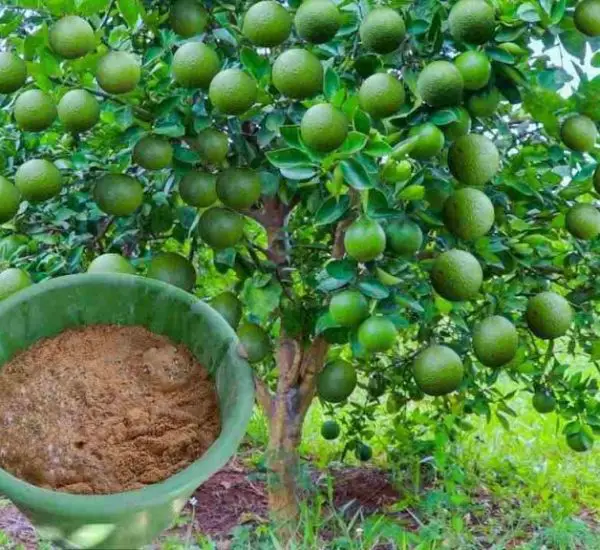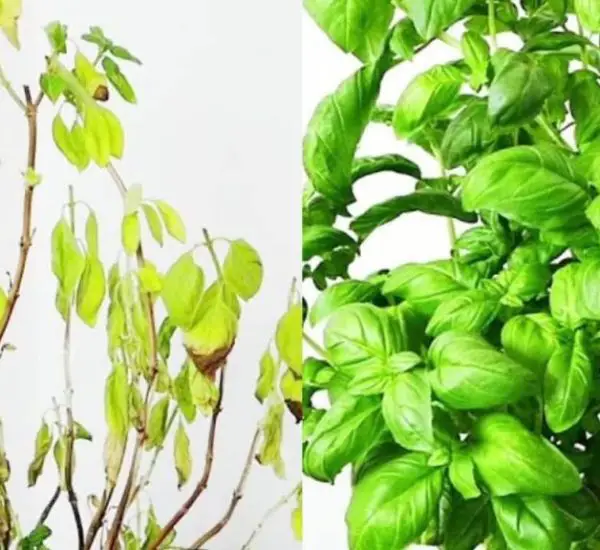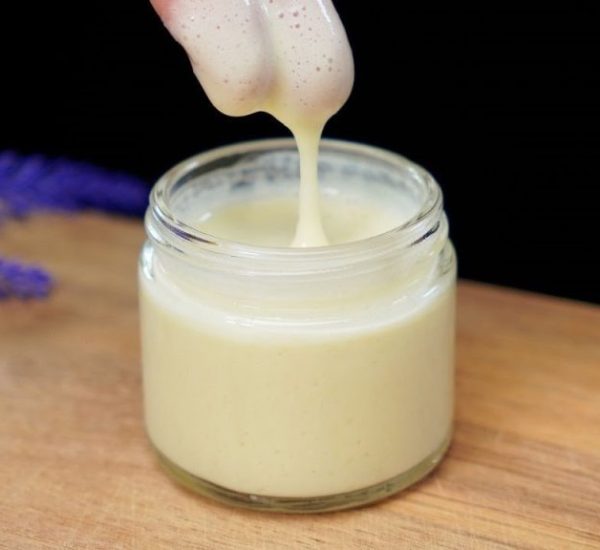Natural Solutions for Plant Pests: A Pesticide-Free Approach
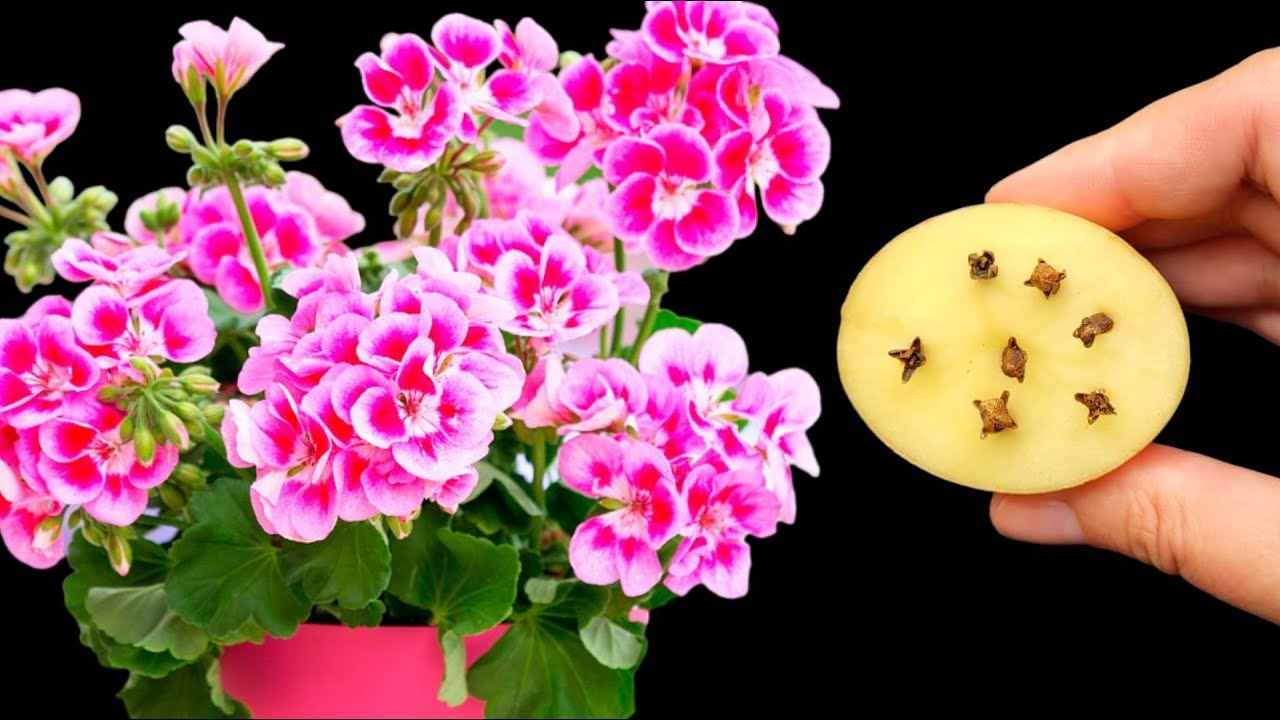
Tending to indoor plants and nurturing a home garden can be a rewarding hobby. However, encountering unwelcome visitors like aphids or lice on leaves and stems can be a setback. The use of pesticides might be a common solution, but there are effective natural methods that avoid the harmful effects of synthetic chemicals.
Understanding Plant Pests
Aphids, tiny hemipteran insects measuring between 1 and 3 millimeters, are well-known culprits that feed on plant sap. Detecting aphid infestations is crucial as they can harm cultivated and wild plants, affecting the overall health and appearance of foliage. Caterpillars, bedbugs, cochineal, red spiders, and whiteflies are among other pests that can wreak havoc on plants, causing damage ranging from nibbled leaves to plant wilting and necrosis.
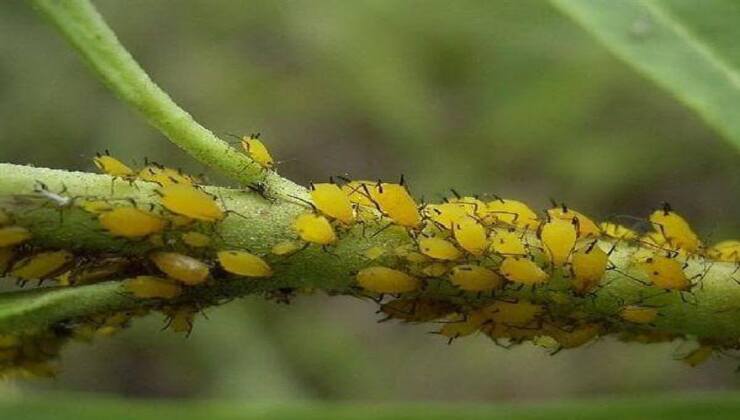
Risks and Challenges
While aphids pose a threat to plant sap, caterpillars can consume entire plants or branches. Bedbugs, especially the Asian variety, target fruit plants like peaches and apples, causing necrosis and desiccation. Cochineal loves hot, humid climates, and its proliferation can weaken the plant’s structure. Whiteflies damage lemon plants and ornamental plants, while red spiders, though harmless to humans, can significantly harm fruits and ornamental plants. Fungal infections like powdery mildew can also affect plants, though these are more common in outdoor gardens.
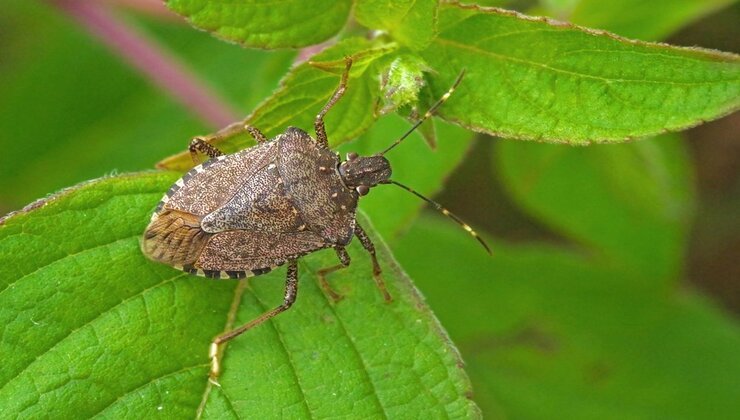
Pesticide-Free Solutions
While the use of synthetic pesticides might seem logical at first, it comes with environmental and health risks. Fortunately, several safe and natural remedies exist. Neem oil, derived from the seeds of the Neem tree, contains azadirachtin, which effectively eliminates pests like aphids while preserving pollinators like bees. Bacillus Thuringiensis, readily available on the market, is another natural resource for pest control.
In the next sections, we’ll explore these natural remedies in more detail, offering a comprehensive guide to maintaining a thriving indoor oasis without resorting to harmful pesticides.

